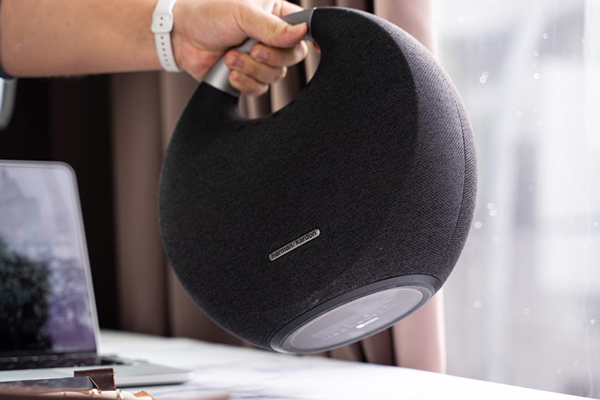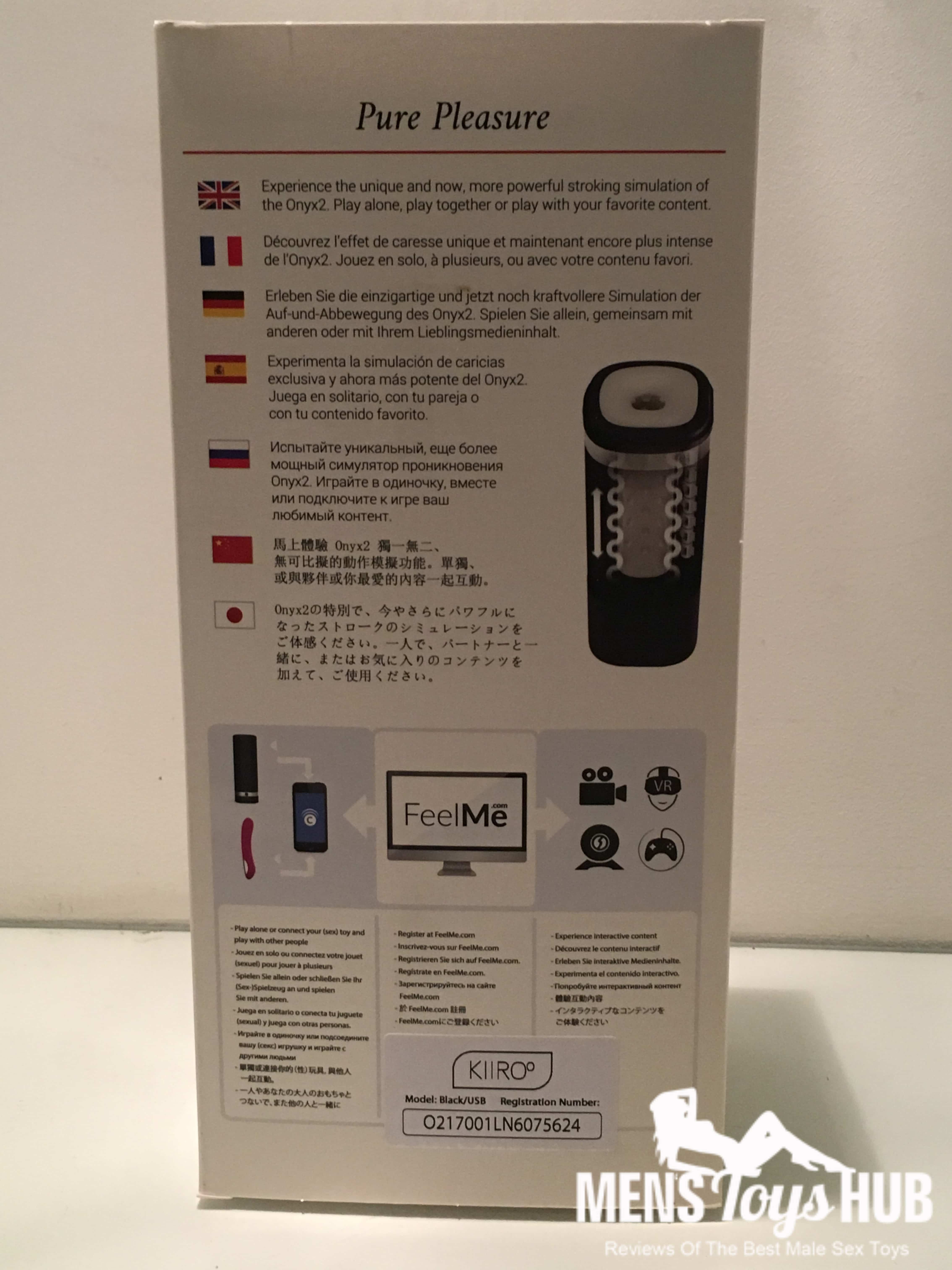
There's no microSD card slot, but the USB port supports on-the-go storage mode, so you can plug in a USB-C memory stick or even a hard drive if you feel like it. There's 3.5GB of accessible RAM, and 52GB of available storage. It uses a 2GHz Qualcomm Snapdragon 625 processor and scored 4011 on the PCMark 2.0 Work benchmarks, above low-end tablets like the 2018 Samsung Galaxy Tab A (3268), but not up to current midrange phones like the Motorola Moto G7 (6181).
Onyx 2 review android#
Under the hood, this is a solid midrange Android 9.0 tablet. Onyx said it's supposed to turn back on automatically, but that wasn't my experience. This is a great battery saver, but it's also annoying every time you wake the tablet up, you have to manually turn the Wi-Fi back on. One reason it's so good, by the way, is that the tablet turns off Wi-Fi and all background processes when it goes into sleep mode. Your backlight level usage is definitely key, of course-a higher backlight will mean higher battery usage-but the battery life here is excellent. Light comics and web usage over the next four days got me down to 89 percent. The web browser is a heavier power draw, at about 10 web pages per one percent of battery. 100 pages of book reading got it down to 99 percent. From 100 percent, I flipped through 200 pages of an EPUB file and 75 pages of a PDF, and it still showed 100 percent. The Note2 has a 4,300mAh battery that I couldn't successfully run down in testing. Range is just fine, though, at the usual 100 feet or so from the router. Wi-Fi performance looked fine when using Ookla's (note: Ookla is owned by Ziff Davis, 's parent company), but felt very slow when I was actually downloading files. The Boox Note2 connects to the internet via 2.4GHz or 5GHz Wi-Fi. The one big exception I'd call out is sheet music, which really needs the 13.3-inch screen to be viewable on a music stand. A 7.8-inch screen, on the other hand, is too small. But I looked at several letter-sized PDFs on this tablet, and they all look great if you're holding it close up they can stand to be reduced a little, frankly.


An 8.5-by-11 page has a 13.9-inch diagonal, so it's represented with best fidelity on an even bigger e-reader, like the 13.3-inch Onyx Boox Max 3. Kick it up to the third mode, and scrolling in web and news apps becomes much smoother without much annoying ghosting. In the tablet's default mode, it works pretty much like any Kindle or Kobo. But Onyx's real secret sauce is its four refresh modes, which trade refresh speed for ghosting. One is a tunable, color-changing front light, ranging in many available steps from blue to yellow. It's a commodity screen panel, but Onyx has added plenty of tricks. E Ink says that this module has 16 gray levels and a 450ms refresh rate. It's the same panel-the E Ink VB3300-KCA-as in the ReMarkable tablet, the Sony DPT-CP1, and the original Onyx Boox Note.

The 10.3-inch, 227ppi E Ink Mobius Carta display has 1,872-by-1,404 resolution. Unlike the latest Kindles and Kobos, the Note 2 isn't waterproof.
Onyx 2 review Bluetooth#
For the best audio quality, use Bluetooth headphones.

There's also a built-in speaker, although it's small and tinny. There's a power button on top, and a single USB-C port on the bottom. On the front, there's a Back button with a fingerprint scanner built into it (it looks like a Home button, which kept tripping me up).
Onyx 2 review software#


 0 kommentar(er)
0 kommentar(er)
